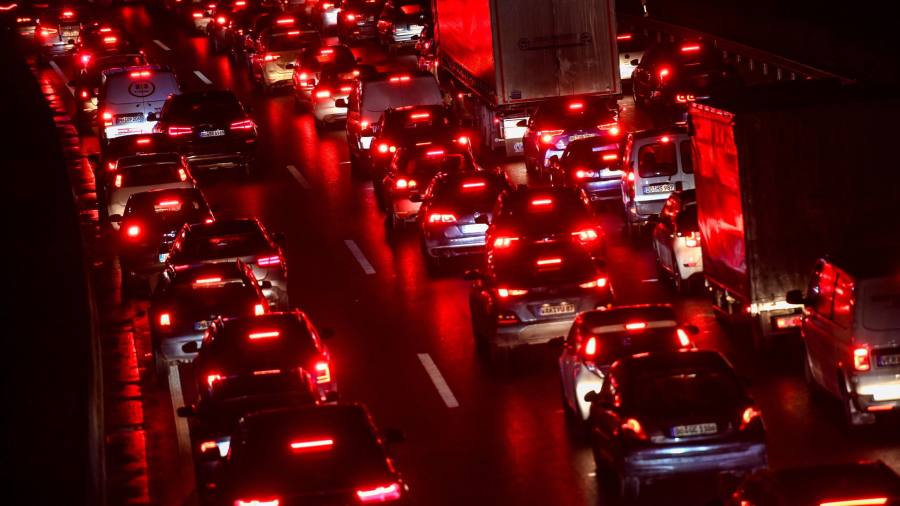
All new automobiles sold within the EU will have to limit the particle pollution from brake pads, under proposals to be introduced ahead of a ban on combustion engine vehicles in the bloc from 2035.
The Euro 7 rules, announced on Thursday, are a simplification of previous European emissions standards for cars, trucks and vans. Regulations will eventually cover a broader range of pollutants such as microplastics from tyres. They also set rules for the durability of batteries in electric vehicles.
However, environmental groups said the proposals were a missed opportunity and criticised the “historic failure” of the industry to reduce toxic air pollution.
Anna Krajinska, from the campaign group Transport & Environment, said the European Commission proposals were “so weak, the auto industry might have drafted them themselves”.
Thierry Breton, EU internal market commissioner, said the auto sector was “committed to a very large transformation to decarbonise” and that Brussels wanted to introduce “an affordable reform that is not too much of a burden on consumers and industry”.
He also noted that his team had focused on “road dust” emissions from tyres and brakes as these would ultimately become the main source of air pollution once combustion engines were phased out.
The 2035 ban on combustion engines in new cars agreed last week is the first element to be signed off under the EU’s Fit for 55 legislation, which is designed to cut the bloc’s greenhouse gas emissions by 55 per cent by the end of the decade.
Further elements of the Fit for 55 rules are due to be agreed this week, as part of EU efforts to cut emissions in line with the Paris climate agreement.
The vehicle emissions limits released on Thursday will sit alongside the climate law and could be implemented by July 2025, although work on how to test for particles given off by tyres still needs to be completed.
The commission said the new rules would increase the cut in nitrogen oxide emissions from cars and vans by around 35 per cent and by 56 per cent from buses and lorries by 2035, compared with previous limits introduced in 2014.
Particulate matter from braking would be reduced by around 27 per cent, it estimated, adding that additional cost of compliance for a car would be up to €150 and up to €2,600 for a bus or lorry. The regulation will also require tests to be carried out under a wider variety of driving scenarios.
Car industry executives said the rules placed too much of a burden on the sector and would hold up the transition to cleaner vehicle technologies.
“Unfortunately, the environmental benefit of the commission’s proposal is very limited, whereas it heavily increases the cost of vehicles. It focuses on extreme driving conditions that have hardly any real-life relevance,” said Oliver Zipse, chief executive of BMW and head of the ACEA auto manufacturers’ body.